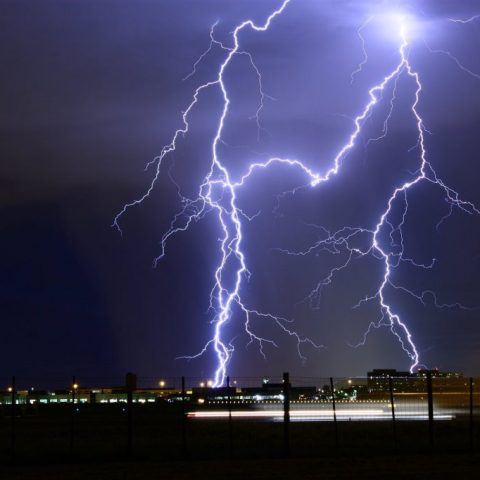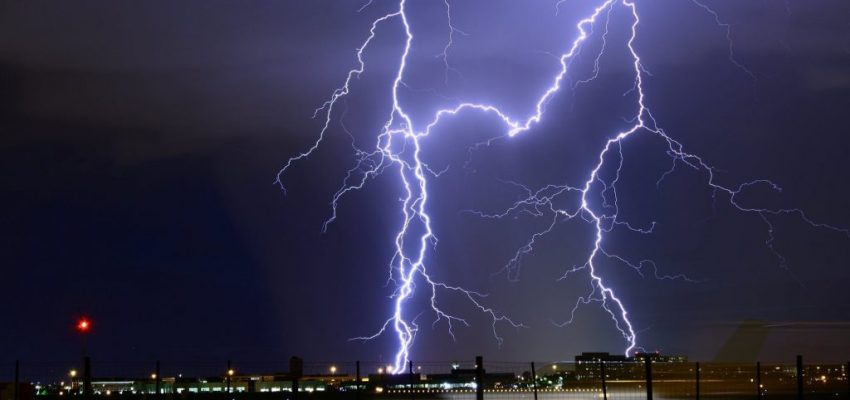In the final blog post of nVent ERICO’s four-part blog series addressing the common myths and misconceptions which create confusion around the design and installation of grounding systems, the following myths will be addressed:
- Electrical safety (equipment) grounding for the commercial and industrial (C&I) markets is the same as telecom and also substation grounding.
- The equipotential bonding and ground electrode systems of lightning protection systems provide safety to workers.
Myth 8: Electrical safety (equipment) grounding for the commercial and industrial (C&I) industries is the same as telecom and also substation grounding.
Grounding systems for specific industries have different nuances, but in general they serve similar purposes. Each industry follows specific standards, which guide the user in designing and installing safe grounding systems.
- C&I follows the National Electric Code (NEC).
- The telecommunications industry follows industry standards including TIA 607 (Generic Telecommunications Bonding and Grounding ([Earthing] for Customer), Alliance for Telecommunications Industry Solutions (ATIS) and Telcordia, depending on specific data, telecom applications or segments.
- The substation grounding systems design and installation complies with Standard IEEE80 (IEEE Guide for Safety in AC Substation Grounding). The design of substation grounding systems is more complex, because the level of currents are so much higher than C&I or Telecom, which makes it much more challenging to manage safety.
Myth 9: The equipotential bonding and ground electrode systems of lightning protection systems provide safety to workers.
NFPA 780 (Standard for the Installation of Lightning Protection Systems) states in section 1.2 that the purpose of this standard is to provide for the practical safeguarding of persons and property from hazards arising from exposure to lightning. However, it is important to understand that lightning protection systems are designed to primarily protect structures and equipment, not people. A lightning protection system will not eliminate the potential of someone getting harmed or even being fatally injured.
The lightning energy needs to dissipate to the earth, and the standards recommend impedance of a typical grounding system to earth is 10 Ohms or less. This value represents a minimum requirement and it does not resolve potential hazards by itself.
In an inadequate grounding system the lightning energy seeks a path to dissipate. The energy can cross flash and energize different conducting surfaces and create unsafe conditions, when proper bonding is not implemented. Since the charge of a lightning strike ranges from 30 to 200 kA, it imposes additional safety hazards, caused by ground potential rise and voltage gradient.
The ground potential rise (GPR) can be measured several miles from the epicenter of the strike. The GPR can also be detected as a transient energy on the electrical systems and can cause damage to electronic equipment. This is why an essential part of a lightning protection system is grounding and bonding.
Lightning energy dissipates most effectively through multi-path and multi-directional grounding systems. Connection to earth and proper bonding is important. Lightning standards emphasize importance of minimizing potential differences using adequate bonding.
Download the full paper for an in-depth analysis of these two myths plus several others featured in the full series.
Download Now

